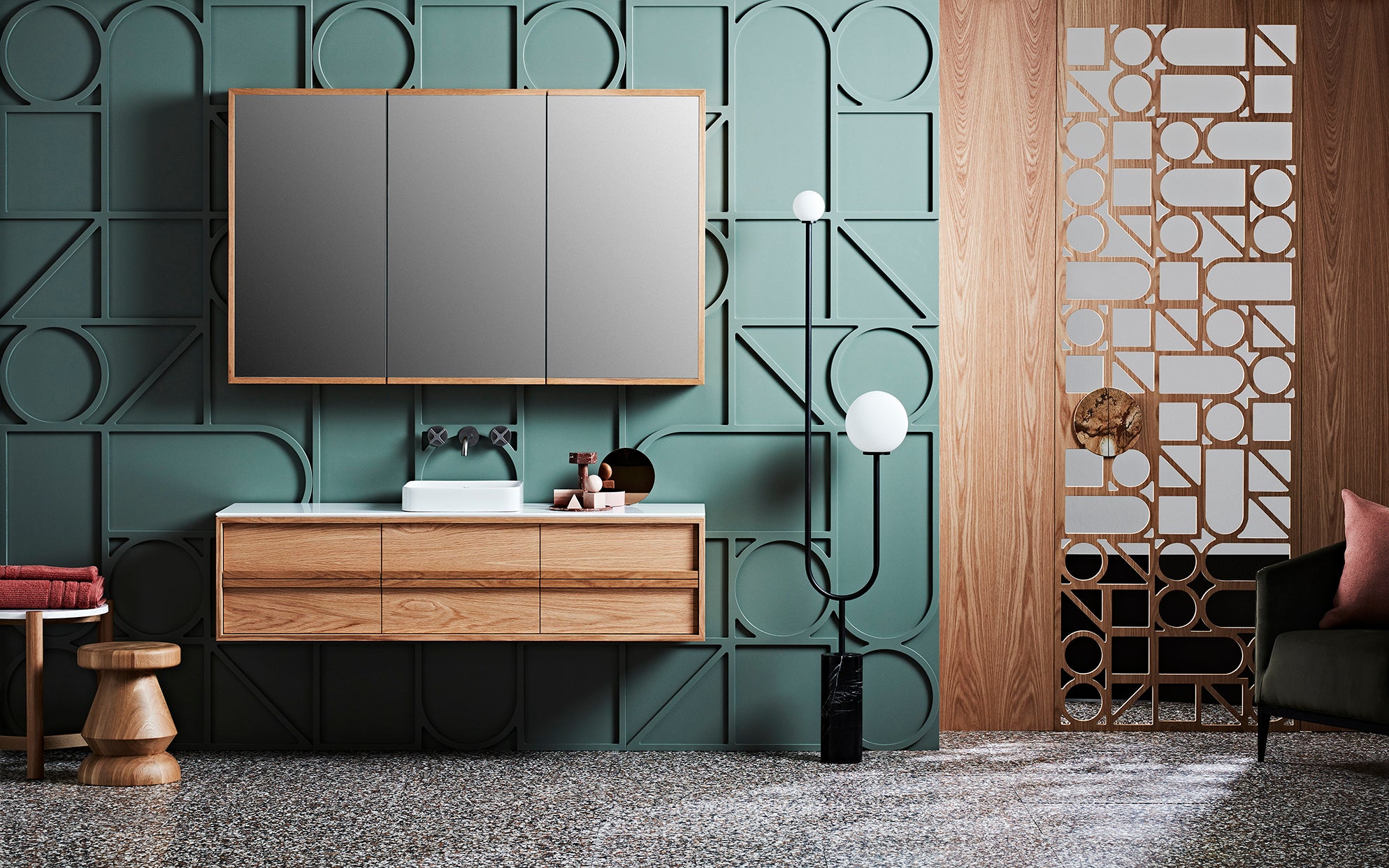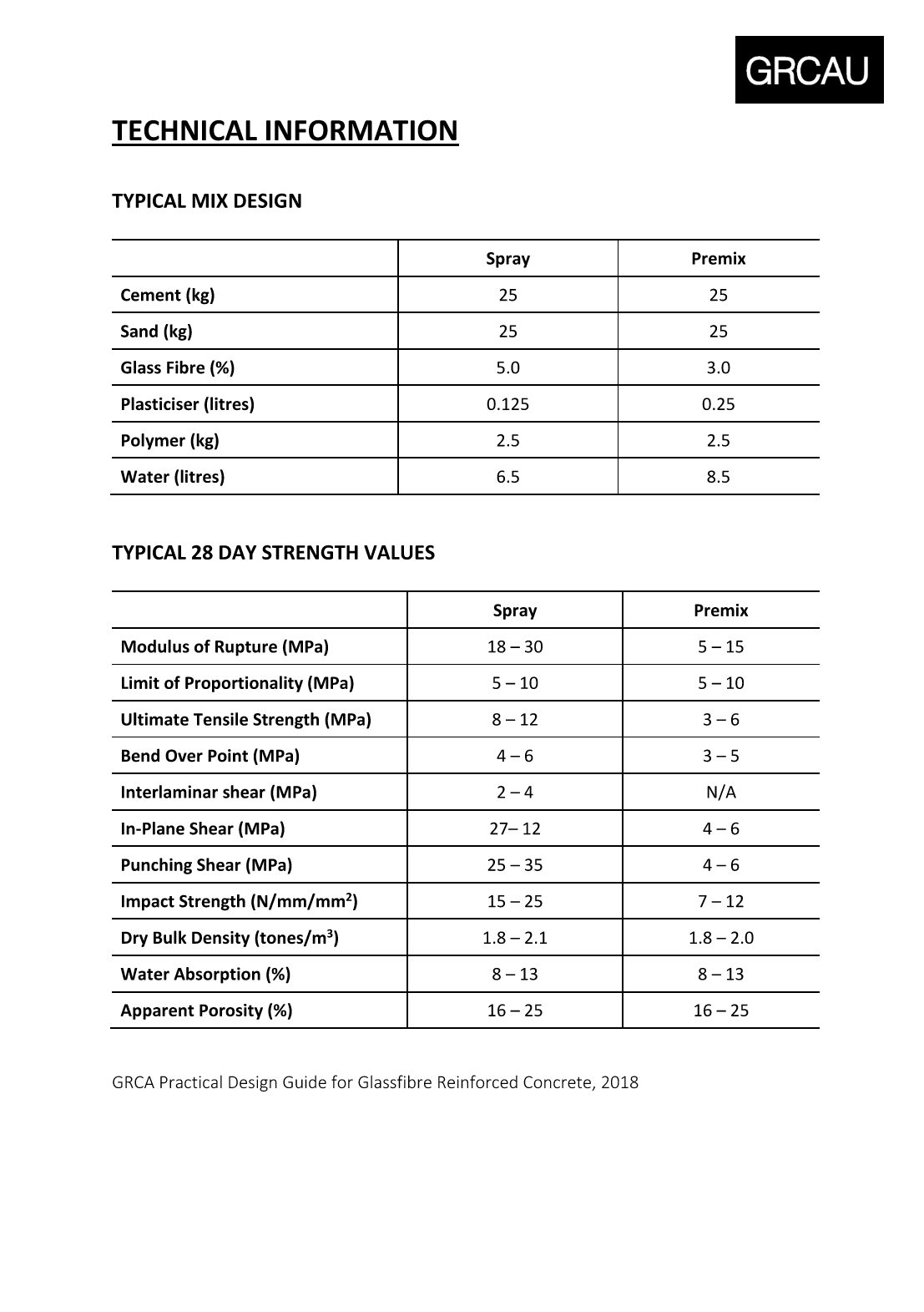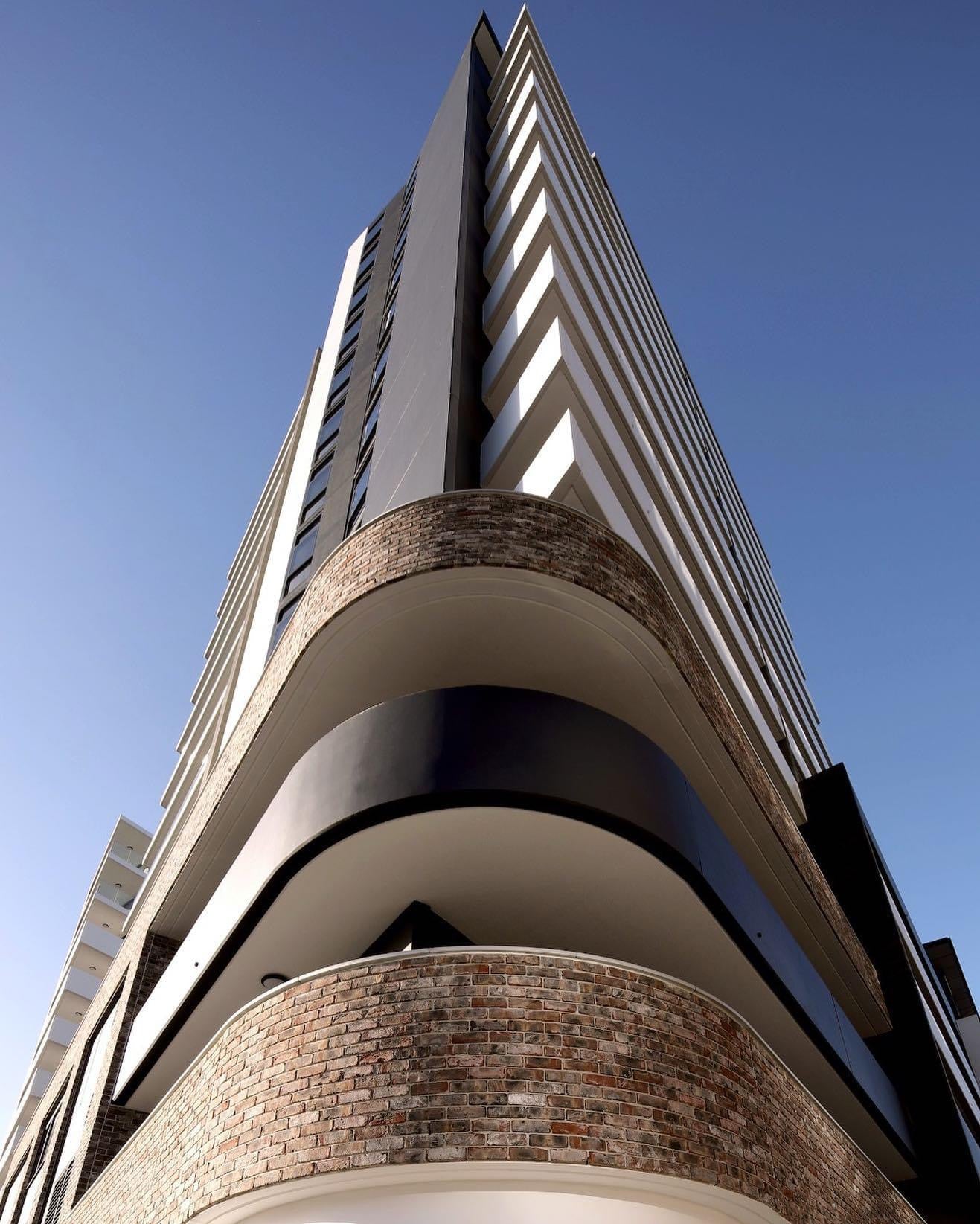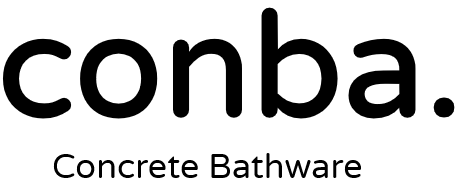
Technical
GRC, or Glassfibre Reinforced Concrete, is a composite material that combines cement-based concrete with glass fibers. It offers several technical advantages such as high strength, lightweight construction, design flexibility, durability, fire resistance, and thermal/acoustic insulation. GRC is suitable for various architectural and construction applications, providing structural integrity and aesthetic appeal.
-

HIGH STRENGTH
-

LIGHTWEIGHT
-

FLEXIBILITY
-

DURABILITY
-

FIRE RESISTANCE
-

SUSTAINABLE

Inovative Brilliance, Transforming Architecture with Glassfibre Reinforced Concrete
STRONG | DURABLE | LIGHTWEIGHT
Collapsible content

High Strength
GRC exhibits excellent strength properties, including high flexural strength and resistance to bending and breaking. This allows for the construction of lightweight yet robust structures that can withstand significant loads and stresses. Such as panels lightweight panels and complex shapes and intricate architectural details.
Lightweight Construction
GRC is significantly lighter in weight compared to traditional concrete. This makes it easier to handle, transport, and install, reducing the structural load on buildings and enabling more efficient construction processes.
Design Flexibility
GRC offers exceptional design flexibility, allowing for the creation of intricate and complex shapes, textures, and patterns. It can be molded into various forms, providing architects and designers with limitless possibilities for creativity and customization.
Durability
GRC is highly durable and resistant to corrosion, moisture penetration, and UV degradation. It maintains its structural integrity and aesthetic appeal over time, reducing maintenance and replacement costs.
Fire Resistance (Class A1)
GRC possesses inherent fire resistance properties. It does not burn, melt, or emit toxic gases when exposed to high temperatures, enhancing the safety of structures and providing valuable time for evacuation in case of fire incidents.
Thermal and Acoustic Insulation
GRC provides inherent thermal and acoustic insulation properties. It helps regulate temperature fluctuations, reducing energy consumption for heating and cooling. Additionally, it effectively dampens sound transmission, contributing to improved acoustic comfort within buildings.
Aesthetic Versatility
GRC can be pigmented and finished to achieve a wide range of colors, textures, and finishes. It can resemble natural materials like stone, wood, or metal, allowing for seamless integration into different architectural styles and design concepts.
Environmental Sustainability
GRC is considered environmentally friendly. It requires less energy and raw materials during manufacturing compared to traditional concrete. Its lightweight nature reduces transportation-related carbon emissions. GRC can also be recycled, minimizing waste generation and supporting sustainable construction practices.
Corrosion Resistance
The inclusion of glass fibers in GRC improves its resistance to corrosion compared to traditional reinforced concrete. This makes GRC a suitable choice for applications in corrosive environments or areas with high exposure to moisture and chemicals.
Water Absorption and Permeability
GRC typically exhibits low water absorption and permeability, which helps in preventing moisture-related issues such as cracking, spalling, and deterioration. Lower water absorption values indicate higher resistance to water ingress and enhanced durability.
Impact Resistance
GRC has good impact resistance, allowing it to withstand accidental impacts without significant damage. This property contributes to its durability in high-traffic areas or locations prone to potential impact events.






